Ideas
Could Tiny Schools Be The Next Big Thing In Indian Education? The Story Of India's Micro School Evolution
Adithi Gurkar
May 24, 2025, 11:46 AM | Updated Jul 01, 2025, 09:26 AM IST
Save & read from anywhere!
Bookmark stories for easy access on any device or the Swarajya app.
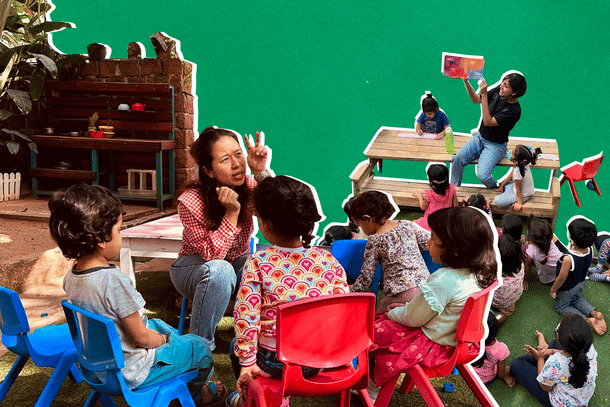
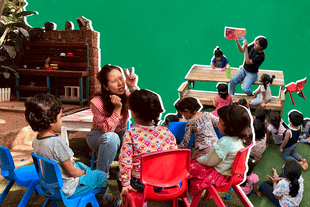
On a balmy morning in Bengaluru, as the city's tech workers settle into their glass-paneled offices, Helen Issar welcomes a small group of children to Papagoya, her Norwegian-inspired microschool.
The youngsters, ranging from three- to eight-years-old, scatter into a sunlit room adorned not with multiplication tables and alphabets, but with natural materials and open-ended toys. There are no uniforms, no rigid timetables. Just the gentle hum of childish conversation and the occasional burst of laughter.
When the fees structure for admission to Bengaluru's prestigious Bishop Cottons Boys School circulated online recently, it catalysed a national debate about education costs in India. Social media erupted with incredulity at what mainstream education had become—a package of steep tuition, regimented learning, bureaucracy, standardized testing, and inflexible curricula.
For middle-class families across the country, annual school fees that often reach into the lakhs represent a significant financial sacrifice. Yet despite these costs, many parents question whether traditional schools truly prepare children for an increasingly unpredictable future.
It was during the COVID-19 pandemic that an alternative began gaining momentum: microschools.
"Joy and play, fundamental elements of childhood, have been replaced by metrics and milestones, even for three-year-olds," Issar explains. Issar abandoned a successful marketing career to reimagine early education.
Unlike conventional institutions with hundreds or thousands of students, microschools typically serve dozens of children in intimate learning environments.
Their smaller scale permits more personalized attention, adaptable curricula, and innovative pedagogical approaches. It's a tantalizing proposition. Neighborhood schools operated by locals with parental participation, potentially more affordable yet still preparing children for competitive examinations.
Across town, beneath the aluminum-and-glass skyline of Whitefield's tech corridor, Midhun Noble stewards SPOT, another such educational experiment.
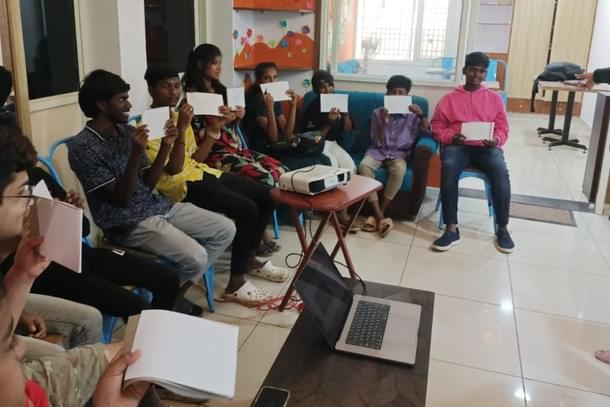
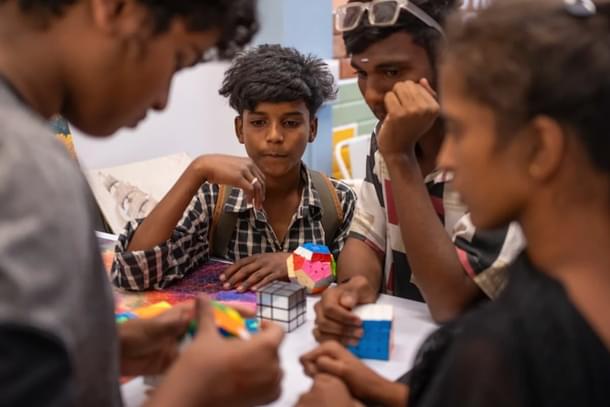
After managing the biggest fund for education infrastructure under the Ministry of Human Resources and Development, he decided to venture into the microschooling space not because he was against the idea of conventional schooling but because he believed that the vast demography of India deserved to have quality alternatives to mainstream schooling.
Apart from conventional schools forcing both visual and analytical learners to learn every subject their way, Noble also found the ‘ discipline’ enforced in conventional schools problematic.
"If the core philosophy is to force the child to work in silence and not make noise, you are depriving the child of any agency. We culturally come from very agrarian and mobile communities, many children learn well through motion and movement. This aspect is not catered to in mainstream schools."
Similar sentiments are echoed by Dr Poornima, the founder of Agile Shaala. A neuroscientist with a doctoral degree in molecular neuroscience, she speaks with the quiet intensity of someone who has seen both sides of the educational divide.
Dr. Poornima founded Agile, her microschool, after growing disillusioned with mainstream education. Her experience working with interns who possessed degrees but lacked practical skills cemented her conviction that traditional schooling often suppresses independent thinking.
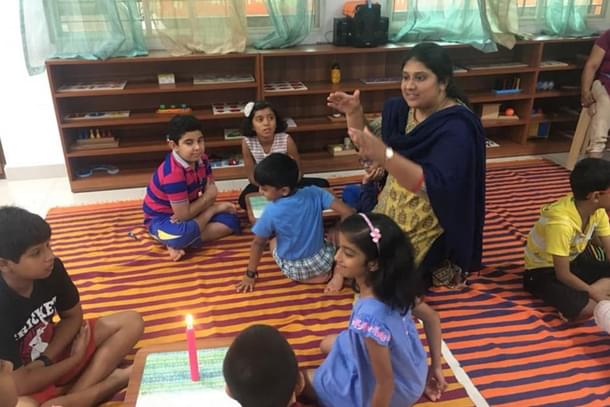
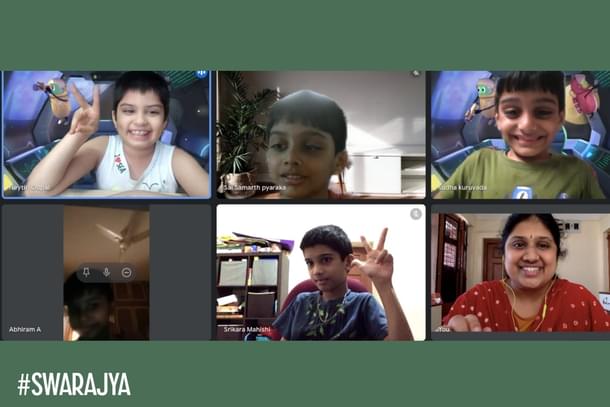
"Children shouldn't spend hours commuting to and from school," she remarks, gazing out at Bengaluru's notorious traffic. "Every neighbourhood should have a good enough school such that parents aren't compelled to expand their search beyond local limits. Our vision is to one day become a convincing alternative, to the extent that cities like Bengaluru would rather have 3,000 microschools instead of 100 large conventional schools."
Shivani of The Learning Center finds age-based grouping not only restrictive but unnatural: "Whether it was in families, gurukuls, or traditional apprenticeships, learning—and living—has historically taken place in vertical, multi-age communities. It's only recently that we've moved to artificially segment children by age, and in doing so, we've ignored the immense value of peer learning across developmental stages."
One significant advantage microschools possess is their minimal capital expenditure compared to board-affiliated institutions. While this reduces operating costs, it also places them in a regulatory grey zone.
These schools operate under various structures. Some are registered as trusts, nonprofits, and some even as private limited companies, similar to coaching centres.
While CBSE board affiliation requires a minimum of 8,000 square meters (approximately 1.98 acres) of land—with specific cases allowing 6,000 square meters (1.48 acres) if enrollment limits are observed—and demands the land be owned or leased for at least thirty years as a single, contiguous plot, microschools have no such requirements.
Their spatial needs depend largely on the philosophy guiding the school. Both Papagoya and SPOT demonstrate how small spaces within metropolitan areas can be transformed into learning hubs.
Papagoya operates two kindergartens and one microschool across three Bengaluru locations, while SPOT is situated in Whitefield's prime business district.
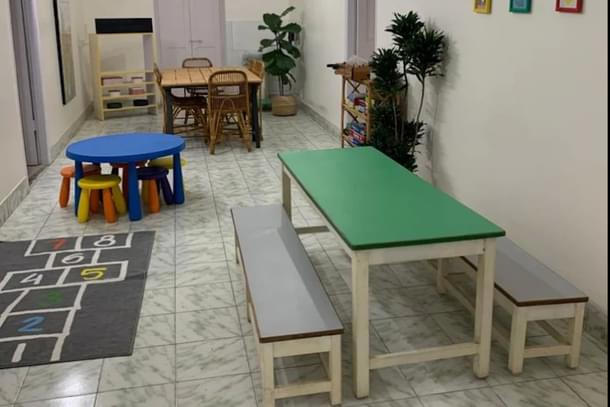
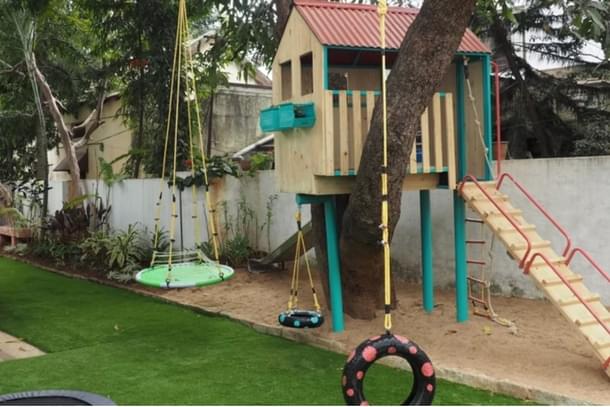
Microschools also facilitate greater parental involvement, potentially becoming genuine community enterprises. At Agile Shaala, love for the subject, teaching, and children takes precedence over formal credentials when hiring educators. "Expertise can be taught and developed; love for learning is largely inherent."
Their faculty includes PhD holders, professionals who discovered a passion for teaching during sabbaticals, and parents who, after enrolling their own children, decided to contribute more actively.
These institutions can also accommodate exceptional talent or students pursuing non-academic goals like sports. Agile Shaala's blended model attracts students enrolled full-time in sports academies preparing for national competitions, or young Carnatic musicians devoting four to five daily hours to learning sangeetha at a gurukul.
Similarly, SPOT Microschool offers specialized programming for twice-exceptional (2E) gifted children who demonstrate remarkable talent in specific areas but may face challenges, often in social skills, connecting these students with industry mentors for guidance.
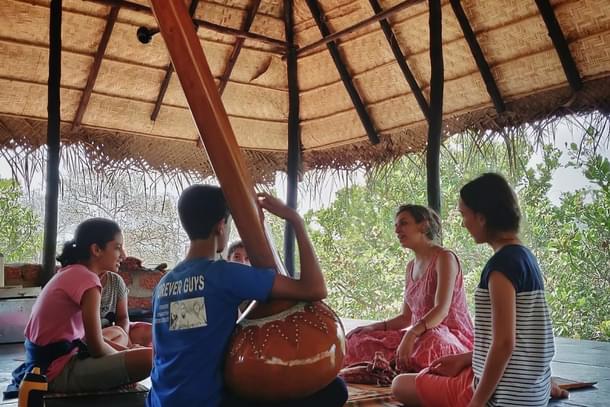
The question remains: can microschools truly become an affordable alternative to conventional education?
Despite limited infrastructure expenses and lower operational costs, this doesn't necessarily translate to reduced fees. Microschool tuition ranges from Rs 35,000 to Rs 3.5 lakh annually, depending on factors like location, student-teacher ratio, pedagogy, and examination board.
At Agile Shaala, personalizing educational frameworks means fees vary between Rs 60,000 and Rs 1.5 lakh yearly. The Learning Center in Goa charges Rs 20,000 to Rs 25,000 monthly while encouraging additional contributions from financially capable parents.
In cities like Bengaluru, Coimbatore, or Mysuru, the Rs 60,000 to Rs 1.5 lakh range positions microschools at the same level (or slightly below) as conventional institutions. While not substantially more affordable, they remain comparable to traditional schooling.
The cost issue appears to be one of scale—particularly evident in student-teacher ratios. Ratios of 1:4 or 1:10, versus 1:30 or 1:60 in conventional schools, inevitably increase per-student expenses.
Helen Issar, while passionate about Papagoya's play-based approach, acknowledges the necessary diversity within educational ecosystems. "There is no single solution, it cannot be a one size fits all," she emphasizes, recognizing that established boards like "CBSE and ICSE schools still have value." "I don't want to say one is bad and the other is better," she clarifies, advocating for a pluralistic understanding: "there will be something for everybody."
Midhun Noble, Chief Imagination Officer at Bengaluru's SPOT Microschool, shares this perspective: "In India several factors need to be considered when we talk about education, the primary amongst them being access and affordability, therefore I have always been an advocate of better government schools, and CBSE schools. When I pitch microschools, I don't say they are necessarily better alternatives to mainstream schools but rather as a set of schools that cater to children who want to experience learning that is different from the mainstream."
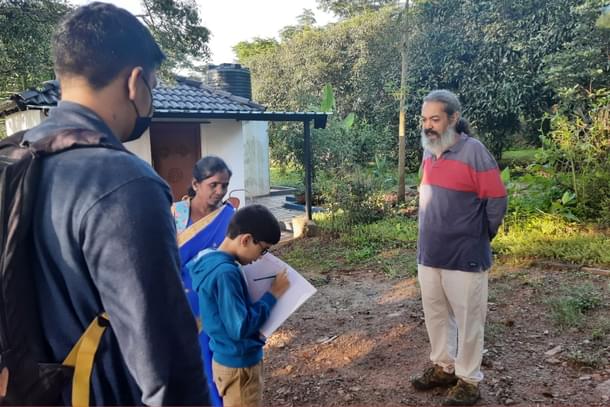
"People in metro cities like Mumbai and Bengaluru are more aware, they are more exposed to such systems and it is more normalised for parents to seek microschools," Dr. Poornima notes. "But the experience has not been the same in Tier-2 cities like Mysore. Many parents think it is unfashionable to send their children to such unconventional systems of education. One hand they are afraid of the stigma, on the other there is this perception that such personalised education is unaffordable, a luxury of the privileged, an exclusive inaccessible club."
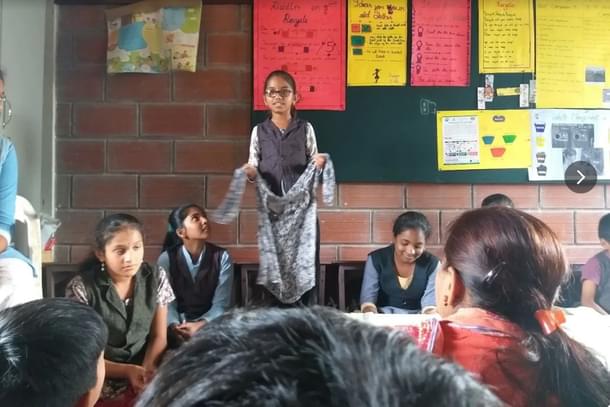
The Counter View: The Bastion of the Privileged
The Oxford School in Mysore presents an interesting case study. What began as a modest microschool has now evolved into a full-fledged CBSE-affiliated institution with a sprawling campus and a student strength of 250.
For its chairman, Nagesh, this transition was a pragmatic one. “Concepts like microschooling are still largely the bastion of the rich,” he observes. “In our school, we have an even split — about 50 per cent of our students come from poor, rural, agricultural backgrounds, and the rest from urban, educated families.
"The divide is stark. Take something like blended learning— many rural households may have just one smartphone, and expecting a child to rely on that for education is impractical.”
Nagesh also emphasizes the significant role that parents play in the microschooling model — a factor often overlooked in rural contexts. “For micro models to work well, the home must be an active learning environment. But in the case of many rural children, who are often first-generation school-goers, that foundation simply doesn’t exist.”
Contrast this with the parents at the Learning Center, many of whom relocated to Goa to not only escape the hustle of cities but also give their children opportunities to connect with nature and lead a slower pace of life. Such an arrangement works only because the parents are not passive participants but function as part time facilitators.

SPOT acknowledges this limitation and has worked around it through a unique dual-use model. “From the beginning, we were conscious of the gap in learning access between children in government schools and those in private systems,” explains founder Midhun Noble.
“That’s why SPOT functions as a community space — in the mornings, it operates as a microschool for children from more privileged backgrounds, offering them the choice of IGCSE or NIOS.
"In the evenings, the same space becomes accessible to children from low-income families, allowing them to engage with enriching resources they would otherwise be denied. In a way, we operate on a Robin Hood model.”
Addressing the question of affordability, Helen Issar of Papagoya Microschool provides a nuanced take.
“I would hesitate to call them affordable outright. At Papagoya, we work with extremely small student-teacher ratios — one to four at the kindergarten level, progressing to one to ten in the microschool. That level of personalization comes with costs.
"So fees vary widely depending on each school’s model and structure — it’s not fair to paint all microschools with the same brush.”
As India sprints toward economic prosperity, staking its future on educational excellence, these small educational experiments represent a countercurrent—modest in scale but profound in implication.
In a country where parents routinely channel both financial resources and aspirations into their children's schooling, microschools propose a radical notion, that education might be both more human and more effective when it grows smaller rather than larger.
Whether they will flourish or remain educational curiosities may ultimately depend less on pedagogy and more on that most pragmatic of Indian parental concerns—whether the microschools can truly prepare children for the enormously competitive world that awaits them.
Adithi Gurkar is a staff writer at Swarajya. She is a lawyer with an interest in the intersection of law, politics, and public policy.





